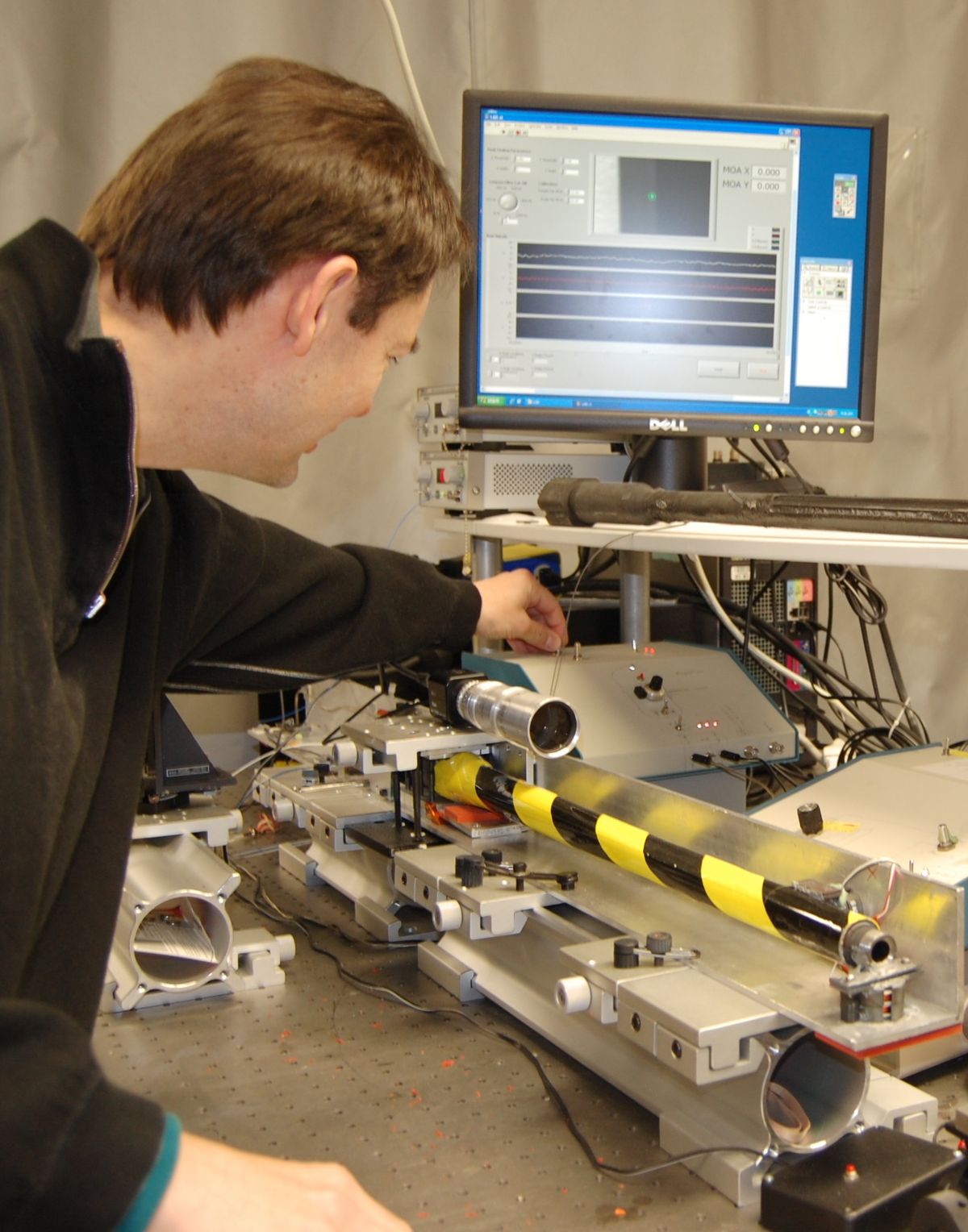Snipers Get Laser-Adjusted Sights for Lethal Shots

Snipers expect their bullets to hit whatever lies in their crosshairs, but small targeting differences between a sight and rifle barrel can ruin shots during life-or-death scenarios. Now a new laser-driven system can automatically adjust the crosshairs for the deadly war-craft that demands precision.
The new system takes out human guesswork by electronically correcting the crosshairs in real-time, and has resolution 250 times better than that of the usual reticle on a gun sight. Even futuristic gunslingers such as Han Solo might wish for such sighting on their laser blasters, unless they're firing from the hip.
Modern-day snipers no longer need to worry that crawling through the underbrush or clambering up to a rooftop vantage point could have knocked the rifle barrel around and thrown off the precise alignment that ensures the bullets go wherever a sniper sets his or her sights.
"For military snipers, missing the target could allow high-profile terrorists to escape," said Slobodan Rajic, a researcher at Oak Ridge National Laboratory. "For police marksmen, missing the kidnapper could endanger the lives of hostages and then pose subsequent danger to police officers and the public."
Such tiny sighting changes can make all the difference when shooting over long distances. Modern rifles can effectively hit targets up to two miles away, which means that even the smallest disruptions between sight and barrel alignment can throw off shots by wide margins.
Rajic used optical fibers to split a laser beam and direct the split beam along both the top and side of the rifle barrel. That gives both vertical and horizontal measurements of the barrel's deflection compared to the sight, and allows the system to make the appropriate corrections.
But Rajic and his Oak Ridge National Laboratory colleagues won't stop there. They have begun working on a laser-based bullet tracking system that gives snipers information about the bullet's flight path. Their work shows that non-lethal lasers still have far more practical applications than existing laser guns or laser weapons.
Sign up for the Live Science daily newsletter now
Get the world’s most fascinating discoveries delivered straight to your inbox.
This story was provided by InnovationNewsDaily, a sister site to Live Science.











